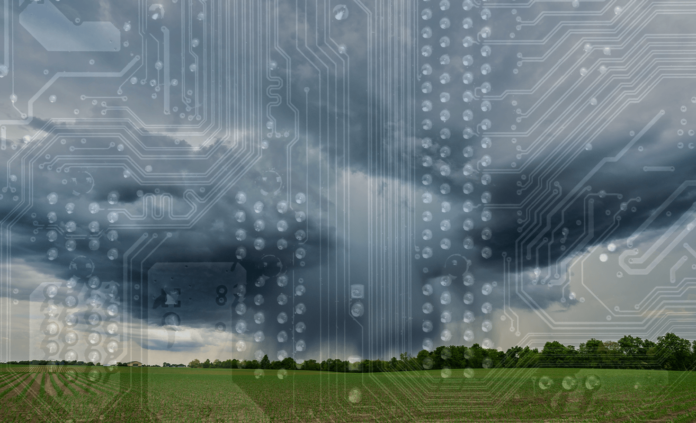Weather forecasting has long been a critical tool for planning in agriculture, disaster management, transportation, and everyday life decisions. The advent of deep learning technologies is significantly enhancing the accuracy and capabilities of weather prediction systems. This article explores the transformative impact of deep learning on weather forecasting, providing a clear understanding of its mechanisms, benefits, and wide-ranging applications.
Harnessing Deep Learning for Advanced Weather Predictions
Understanding Deep Learning in Meteorology: Deep learning, a subset of machine learning, involves neural networks that mimic the human brain’s ability to learn from large amounts of data. In meteorology, deep learning models are trained on vast datasets that include decades of weather data, satellite images, and atmospheric measurements. These models learn to recognize complex patterns and dynamics that drive weather systems.
Improvement in Prediction Accuracy: Traditional weather forecasting models, while effective, have limitations in handling the chaotic nature of the atmosphere. Deep learning models excel in managing these complexities, offering predictions with greater precision. For example, by analyzing patterns from historical hurricane paths and intensities, deep learning can provide more accurate forecasts of hurricane trajectories and impacts.
Speed and Efficiency: Deep learning algorithms can process enormous datasets much faster than traditional methods. This speed is crucial for real-time weather forecasting, where timely information can be the difference between safety and disaster.
Applications of Deep Learning in Weather Forecasting
Deep learning extends beyond just improving prediction accuracy—it revolutionizes how weather forecasts are used across various sectors.
Disaster Preparedness and Response: Enhanced forecasting enables better preparedness for extreme weather events. Authorities can deploy resources more effectively, reducing the impact on human lives and property. For instance, accurate flood forecasts can prompt timely evacuations and better manage reservoirs.
Agriculture: Farmers rely heavily on weather forecasts for planting, irrigation, and harvesting. Deep learning-driven forecasts provide precise weather conditions, helping farmers optimize crop yields and reduce losses due to unexpected weather changes.
Aviation and Maritime Operations: Airports and airlines use advanced weather predictions to minimize delays and ensure passenger safety. Similarly, maritime operations depend on accurate forecasts to navigate safely and efficiently, avoiding turbulent weather that could endanger vessels and crews.
Energy Sector: The energy sector benefits significantly from accurate weather predictions, especially in managing renewable energy sources. Solar and wind energy providers use these forecasts to estimate energy production and adjust supply based on expected weather patterns.
Challenges and Future Prospects
While deep learning significantly enhances weather forecasting, it also presents challenges that need addressing.
Data Quality and Availability: The accuracy of deep learning models is heavily dependent on the quality and comprehensiveness of the training data. In regions where data are sparse or historical records are incomplete, predictions may be less reliable.
Computational Resources: Training deep learning models requires substantial computational power, which can be a barrier for some institutions or in developing countries.
Interpreting AI Decisions: Understanding how deep learning models make their predictions can be challenging. Meteorologists are working towards developing more interpretable models that allow users to understand and trust AI-generated forecasts.
Ethical Considerations: With the power of accurate forecasting, there comes the responsibility to use this information ethically, ensuring it benefits all segments of society equally.
Conclusion
Deep learning is setting a new standard for weather forecasting, offering remarkable improvements in accuracy, efficiency, and applicability across various industries. As technology progresses, these models will become more refined and accessible, promising even greater benefits for global society. The future of meteorology is here, and it is deeply intertwined with the advancements in artificial intelligence.





